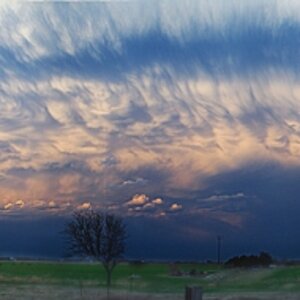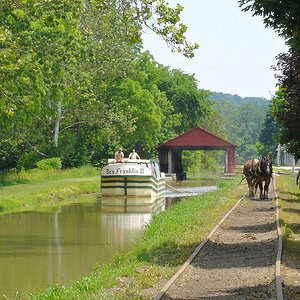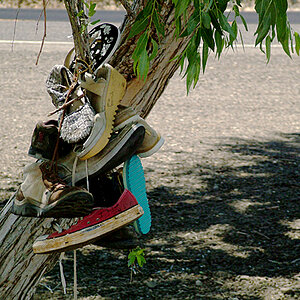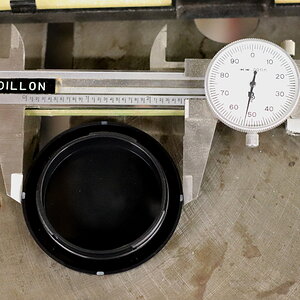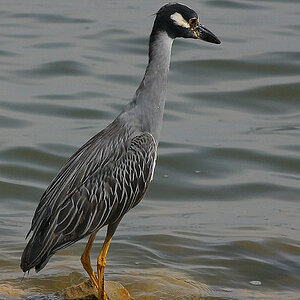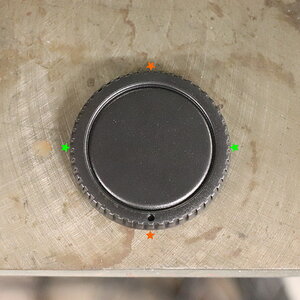dwswager
TPF Noob!
- Joined
- Apr 25, 2013
- Messages
- 30
- Reaction score
- 0
- Can others edit my Photos
- Photos NOT OK to edit
For D7100 owners, can you report back the total continuous burst you can shoot with the camera set to
Image Quality: JPG Fine
Image Size: Large
JPG Compression: Quality (versus speed)
Active D Lighting: Normal (Med)
I'm coming from a D300 which the manual states that at JPG Fine, Large will do 43 frames in the buffer. However, under the current settings I use and mentioned above, the Viewfinder reports [ r06] 6 total frames. Hence, the processing of the Active D Lighting and Compression algorithms is slowing this down.
I keep reading that the buffer of the 7100 is a problem (33 frames at JPG Fine, Large), but wondering if in real life, with the faster processor would I get similar capability out of the D7100 as I do out of the D300.
Thanks in Advance.
UPDATE (5/8/2013)
Ok, Answering my own Question: It appears that the almost double size of the RAW file for the D7100 really hurts, but if shooting JPG and once you start pushing the Expeed processor in the D300, the D7100's Expeed 3 processor helps out some.
Continous Burst Total Frames Before Filling Buffer
Image Quality: JPG Fine
Image Size: Large
JPG Compression: Quality (versus speed)
Active D Lighting: Normal (Med)
I'm coming from a D300 which the manual states that at JPG Fine, Large will do 43 frames in the buffer. However, under the current settings I use and mentioned above, the Viewfinder reports [ r06] 6 total frames. Hence, the processing of the Active D Lighting and Compression algorithms is slowing this down.
I keep reading that the buffer of the 7100 is a problem (33 frames at JPG Fine, Large), but wondering if in real life, with the faster processor would I get similar capability out of the D7100 as I do out of the D300.
Thanks in Advance.
UPDATE (5/8/2013)
Ok, Answering my own Question: It appears that the almost double size of the RAW file for the D7100 really hurts, but if shooting JPG and once you start pushing the Expeed processor in the D300, the D7100's Expeed 3 processor helps out some.
Continous Burst Total Frames Before Filling Buffer
| D300 | D7100 | |
| File Size Raw 14 Bit Lossless Compressed | 16.7 MB | 28.5 MB |
| File Size JPG Fine, Large | 5.8 MB | 12.0 MB |
| Theoretical Maximum (RAW 14 Bit) | 21 | 6 |
| Theoretical Maximum (JPG Fine, Large) | 43 | 33 |
| Active D Lighting Off, JPG Compression Size | 20 | 12 |
| Active D Lighting Off, JPG Compression Quality | 15 | 9 |
| Active D Lighting Normal, JPG Compressions Size | Not tested | 12 |
| Active D Lighting Normal, JPG Compression Quality | 6 | 9 |
Last edited:




![[No title]](/data/xfmg/thumbnail/34/34346-f7996f51f0624620cfd54a488abeacf9.jpg?1619736382)

